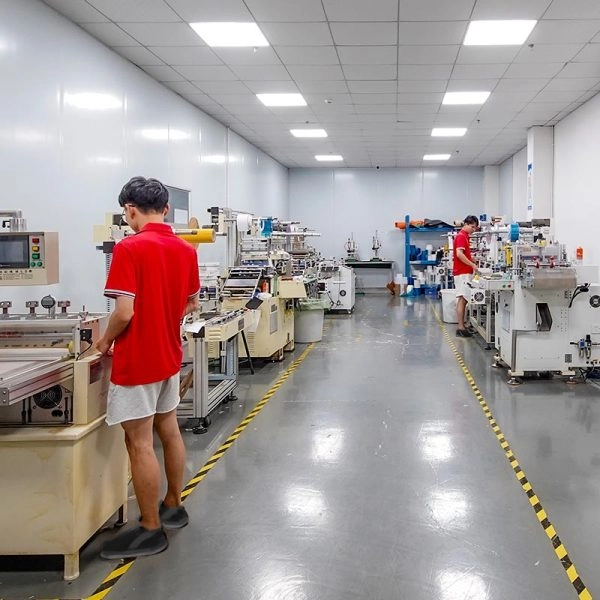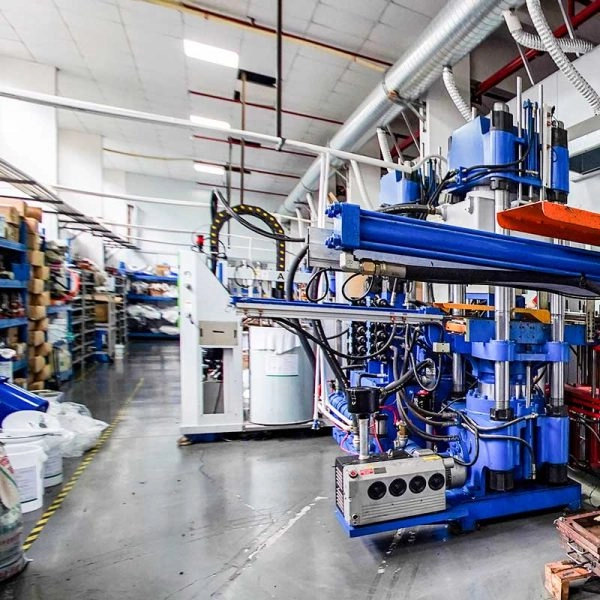What Silicone Body Parts Manufacturing Is About
Making silicone body parts is a special method to copy human body shapes with great accuracy. These real-looking copies get used in many fields. They help in medical practice and fake limbs. They also work in movie and TV effects, wearable tech, and health items for everyday use.
Silicone bends easily, feels like skin, and works well with the body. This makes it great for matching real skin movement, shade, and softness. For instance, silicone pieces in medical tools like baby heart monitors add ease, toughness, and safety for patients over time.
Why Pick Silicone as the Top Material
Silicone rubber gives a special mix of softness, stretch, and bounce that no other stuff can match. Produits en silicone have no poison, no smell, and stays steady against chemicals. It holds up well even in heat, squeeze, or sun rays.
With pull strength up to 500 PSI and strong tear hold, silicone fits parts that face lots of bend and touch. Think fake limbs, practice models, or body sensors for health.
Quick Look at the Making Steps
The steps to make silicone body parts usually cover:
- Life casting — grabbing the shape of a person or model.
- Negative mold building — making a sharp mold from that shape.
- Silicone mixing, coloring, and forming — shaping the final piece.
- Removing from mold and polishing — getting a real skin feel and color.
Each part needs care and pro handling to keep tiny body details and make sure the stuff stays solid for a long time.
Step 1: Setting Up the Life Cast
Picking the Model and Cleaning the Surface
Making real silicone body parts begins by picking a person or carved model. The skin needs to be clean, dry, and free of grease for best mold stick.
Using Safe Stuff and Release Sprays
Safe-for-skin sprays and mold mixes, like alginate or body-safe silicone, go on to catch every line or hole without harm.
Grabbing Tiny Details
The aim is top realness. Every skin hole, blood line, and curve must copy over. This sharp copy matters for fake limbs, practice gear, and body trackers for health.
Step 2: Building the Negative Mold
Making a Support Shell
After the mold layer sets, add a hard “mother mold” from plaster or fiberglass. It gives steady support when pouring.
Two-Part Mold Building
For tricky spots like chests or arms, a two-part mold makes removal easy. It stops detail twist.
Strengthening for Many Uses
Factory runs need molds that handle lots of pours. Adding strength boosts toughness and even results.
Step 3: Pouring Silicone and Setting It
Choisir le meilleur silicone
Different uses need different types: RTV (Room Temperature Vulcanizing) silicone for basic molds, and LSR (Liquid Silicone Rubber) for high-tech wearables or body-safe parts. Both give clear look, bend, and lasting hold.
Coloring and Blending
Add color tints to the base silicone for true skin shades. Layer see-through silicones with light color fades for better depth and natural look.
Removing Air and Pouring
Pull out air bubbles with vacuum setups. CASINDA’s auto liquid molding presses and feeders keep exact mixes and smooth flow with Service ODM {{URL_PlaceHolder_0}}. This makes clean, no-flaw parts.
Steady Setting
Silicone sets in a few hours at room temp or quicker with soft heat. Even setting keeps size right and feel smooth.

Step 4: Removing from Mold and Polishing Surface
Gentle Mold Pull
When fully set, ease out the silicone body part to skip rips on soft spots like nails or face lines. Bendy molds help keep fine traits.
Cutting and Smoothing Joins
Cut off extra stuff (“flash lines”) with sharp tools. Sand and shine joins for a smooth end.
Surface Fixes
Extra finishes can add skin colors, tiny bumps, or spray paint for realness. This is common in fake limbs and movie effects.
Step 5: Checking Quality and Toughness
Strength Tests
Test each silicone body part for Shore hardness, pull strength, and tear hold. This checks steady work.
Hold Against Weather
CASINDA runs tests for sun, heat, and chemical hold to prove lasting strength in real use.
In-House Quality Checks
CASINDA’s IQC → IPQC → OQC setup makes sure every part — from start stuff to ship out — hits tough OEM rules.
Step 6: From Hand Work to Big-Scale Runs
What started as hand craft has grown into a big, sharp making system for silicone body parts. CASINDA’s top setups mix auto tools with skill to give quality and lots of output: many 85T liquid molding presses and auto silicone feeders for fast work, an on-site mold shop for quick test builds and tool tweaks, and sample ready in 7 days for silicone items.
Each item gets full quality checks with Shore hardness gauges, pull testers, and use-life gear before send-off. Certified by ISO 9001:2015 and IATF 16949:2016, CASINDA makes sure trust, safety, and evenness in every batch.
Coming Trends in Silicone Body Parts Making
New work in material know-how is changing the field. Next-level silicone pieces add body sensors and bendy electronics. This lets smart wearables track body data right away.
Digital shapes and CNC mold making boost custom fits. They allow exact, personal body copies and bend-to-fit fake limbs.

Making silicone body parts blends art skill and tech know-how. From real practice models to tough medical pieces, each one shows the right mix of real feel, work, and safety.
Casinda keeps stretching silicone mold limits with auto systems, quick test builds, and green making. It helps world teams turn new ideas into real things.
FAQ
Q: What type of silicone works best for skin-touch body parts?
A: Body-safe platinum-set silicone is the top pick. It causes no allergy, fits well with the body, and lasts for long skin touch.
Q: How long does a silicone mold hold up?
A: A top, strong mold can get reused many times. This depends on mold build, set conditions, and care habits.
Q: Can silicone body parts get made to order for colors or feels?
A: Yes. CASINDA gives custom color mixes and surface bumps. This lets real ends match true skin shades and body traits.
Q: What are the key uses for silicone body parts?
A: They get used a lot in fake limbs, medical practice, effects for movies, wearable tech, and body-fit practice tools.
